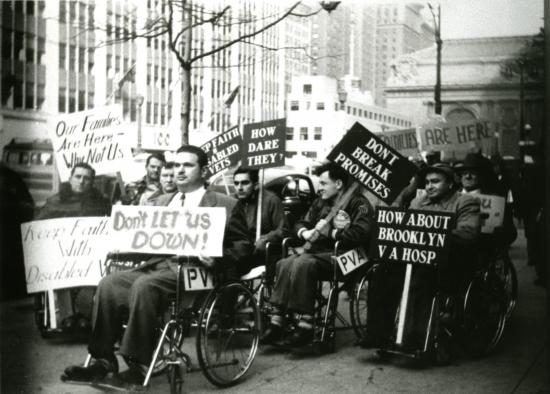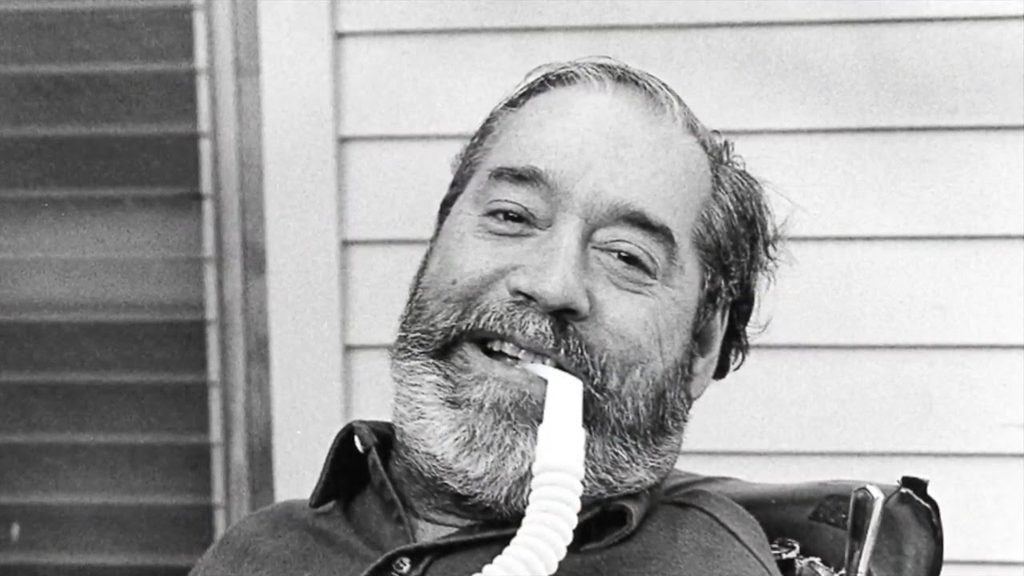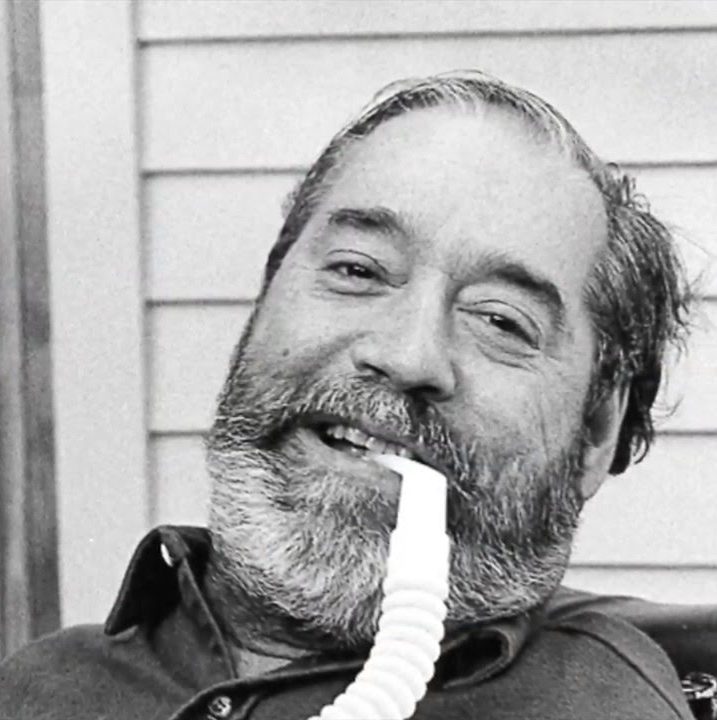
While curb cuts can now be found in nearly every city in America, they are a relatively recent addition to the American urban landscape. Prior to the 1960s and 1970s, most curbs across the United States had steep slopes that made intersections and city sections difficult for people with disabilities or mobility issues to navigate.
Curb cuts were first introduced in the United States after World War II, when disabled veterans returned home and found that sidewalks, roads, and street corners were not easily accessible. Indeed, before the invention of curb cuts, wheelchair users had to find the nearest driveway, wrestle with oncoming traffic to cross the road, and then find the next available driveway to get to the other side of the road. Through the lobbying of disabled veterans, particularly Navy veteran and attorney Jack Fisher, the first curb cuts in the United States were installed in Kalamazoo, Michigan in 1945.
 World War II veterans protest for hospital services in New York City, 1951.
World War II veterans protest for hospital services in New York City, 1951.
The momentum of Fisher and other disabled veterans’ movements continued into the 1950s, 1960s, and 1970s, when disabled non-veteran Americans campaigned for curb reduction more broadly. The movement was especially popular on college campuses and in college towns. Ed Roberts, a student at the University of California, Berkeley, played a key role in publicizing the fight for curb reduction.
 Disability activist Ed Roberts
Disability activist Ed Roberts
Roberts was born in 1939 and contracted polio at age 14, which left him almost paralyzed from the neck down. He had to use an iron lung to breathe and was the first severely disabled student to enroll at the University of California, Berkeley. Roberts and other disabled Berkeley students took the city’s inaccessible sidewalks and street corners into their own hands. They broke down curbs at night, laid asphalt to create cuts in the curbs, and demanded that the federal government pass legislation to remove access barriers for Americans with disabilities. The government listened to these activists’ calls for change, and in 1968 Congress passed the Architectural Barriers Act. This act required that facilities receiving federal funding remove access barriers and be designed in ways that were considerate of the physically disabled. The Architectural Barriers Act laid the foundation for the more expansive Americans with Disabilities Act, which became law in 1990. The ADA not only prohibits discrimination against people with disabilities and ensures equal opportunities for people with disabilities in all areas of life, but it also mandates that all sidewalks in the United States have curb notches, marking a major step forward for the disability rights movement.
Curb cuts have played a vital role in the fight for disability rights in the United States. Not only have they made American cities more accessible to people with disabilities, they have also led to laws that protect all people with disabilities. This legacy should be recognized and celebrated. Although curb cuts are now ubiquitous across the United States, we should not forget the struggle and sacrifice that led to their national implementation.

